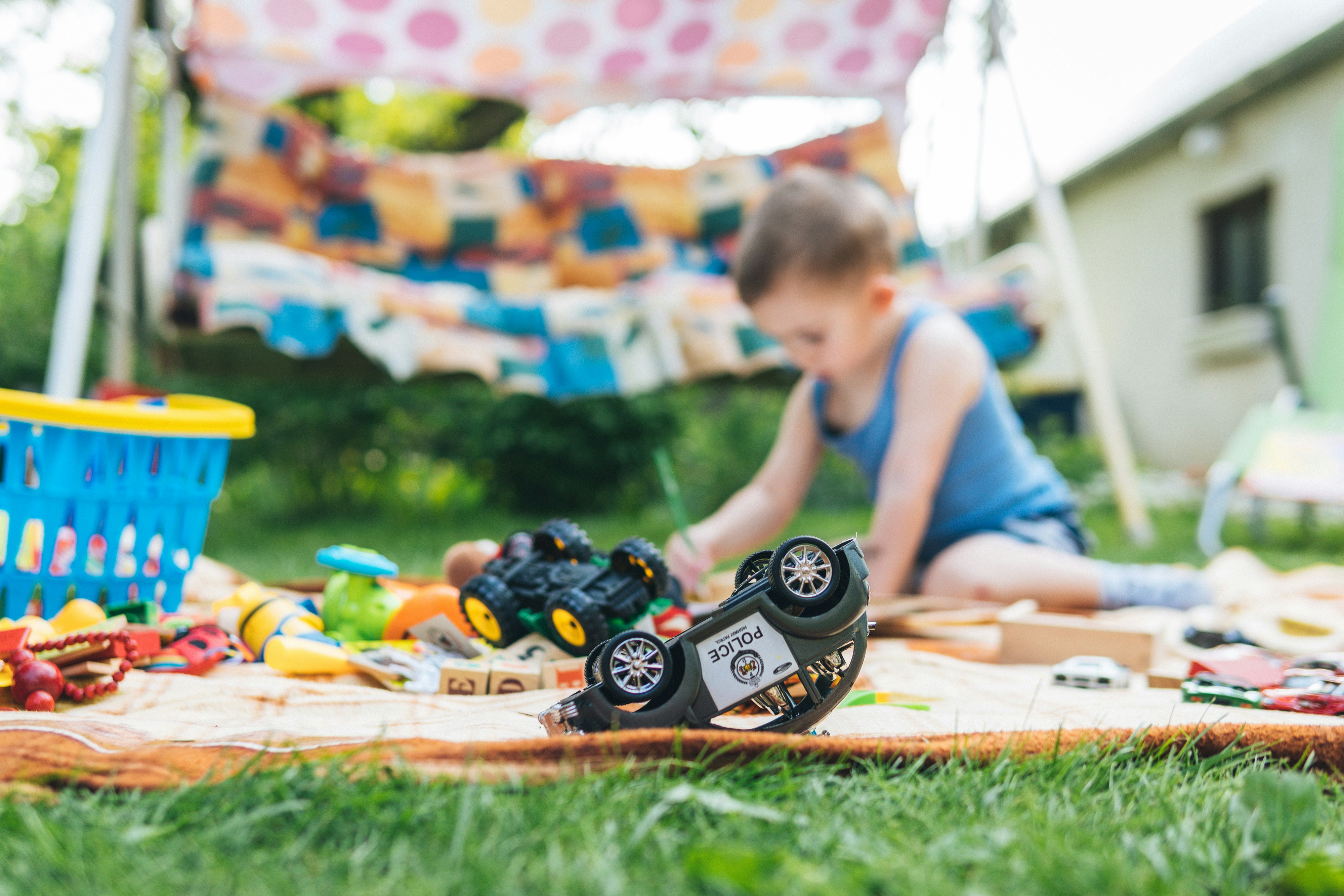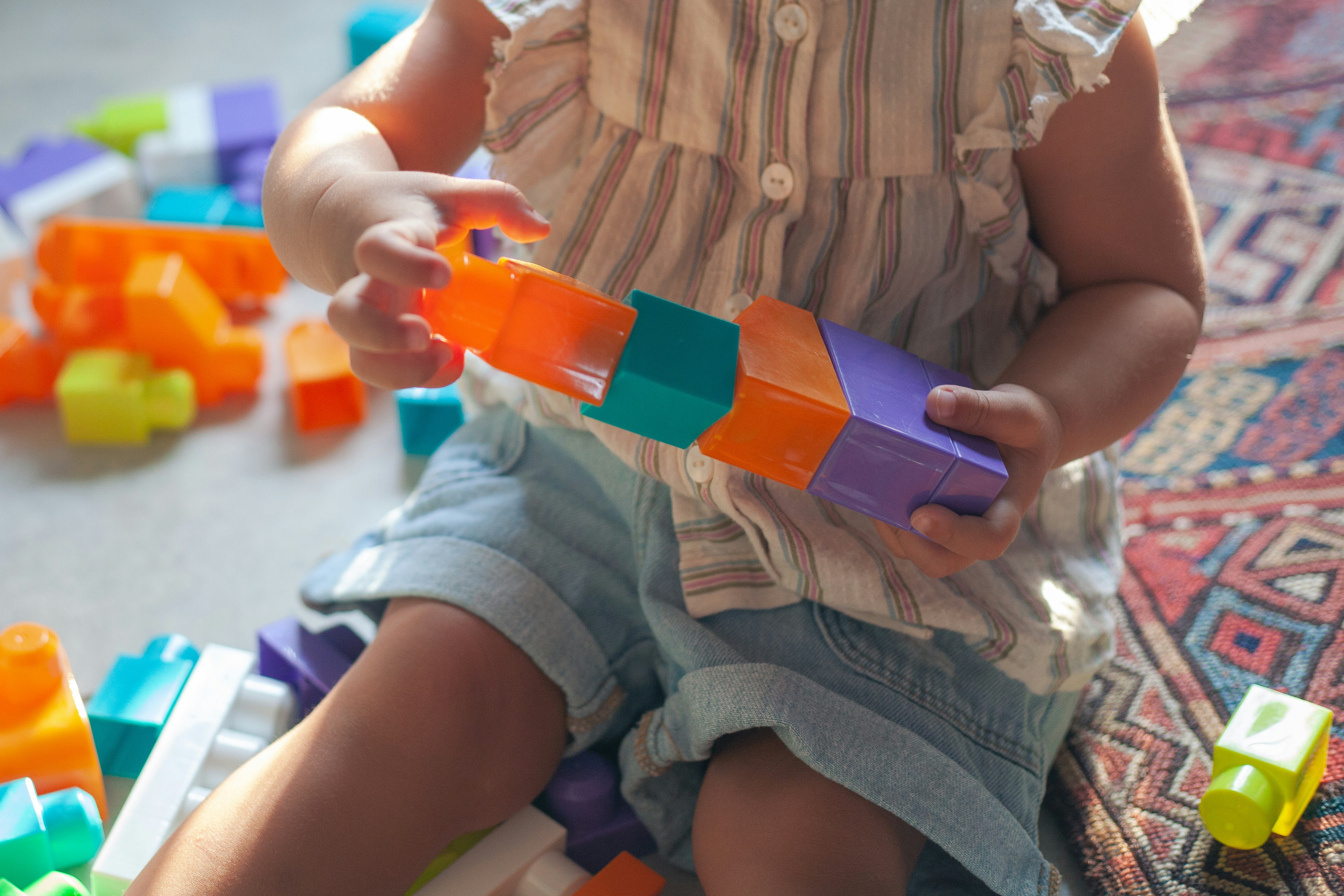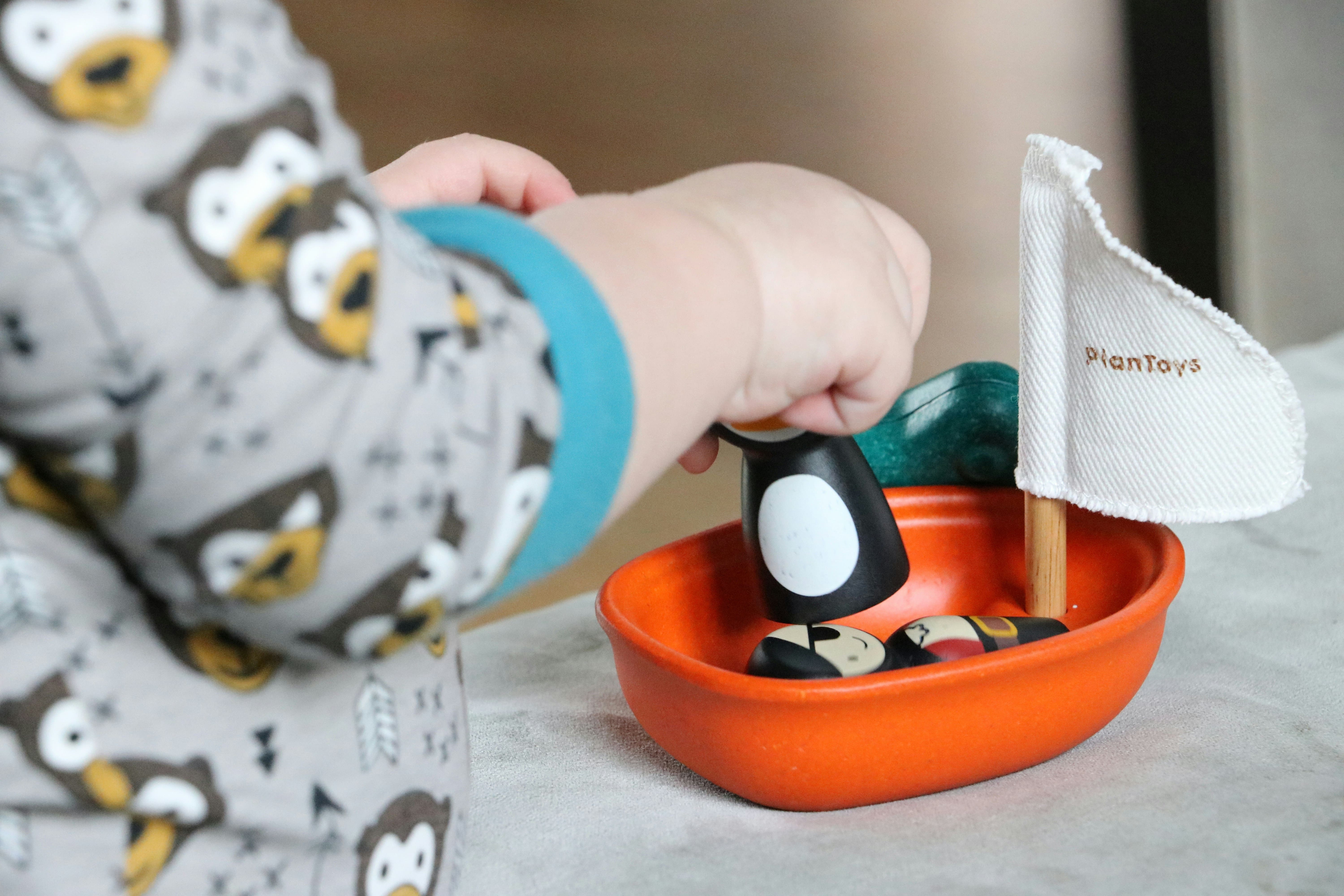Login
Join Free
Balancing Screen Time and Playtime: A Practical Guide for Toy Industry Professionals
In today's digital-first world, where tablets and smartphones are practically glued to kids' hands, finding the right balance between screen time and traditional play has become a major concern for parents and educators. As toy industry professionals, you play a critical role in guiding families toward healthier play habits. Whether you're a toy manufacturer, wholesaler, designer, or retailer, understanding the screen time dilemma — and offering solutions — can make your brand more relevant, trusted, and in demand.
Let's dive into how you, as a stakeholder in the toy business, can promote better playtime habits, design more engaging toys, and bridge the gap between digital and physical play.
Why Balancing Screen Time Matters
The American Academy of Pediatrics (AAP) recommends no more than 1 hour of screen time per day for children aged 2 to 5 years, and consistent limits for older kids. But with educational apps, YouTube, games, and virtual classrooms, screen time has quietly become the new default playtime.
Overexposure to screens can lead to:
-
Reduced attention spans
-
Poor sleep
-
Limited physical activity
-
Impaired social development
-
Lower academic performance
However, it's not about demonizing technology — it's about moderation and intentional play.

The Role of Toy Professionals in Today's Digital World
Toy professionals aren't just selling products anymore — they are shaping childhood experiences. Whether you're designing plush toys, marketing STEM kits, or wholesaling remote control cars, your messaging and products influence how kids play, learn, and grow.
Here's how the toy industry can make a positive impact:
1. Design Toys That Encourage Active, Imaginative Play
Create or promote toys that require kids to move, imagine, and build. Magnetic building blocks, RC cars, dolls, and craft kits all offer creative alternatives to screens. Toys that allow children to tell stories or problem-solve tap into the cognitive and emotional development that screens rarely provide.
2. Blend Physical Toys with Light Tech
Augmented reality (AR) toys and app-enhanced products can offer the best of both worlds. These toys leverage technology in a healthy, purpose-driven way. Think interactive globes, coding robots, or toys that sync with music apps for physical dance games.
3. Educate Parents Through Packaging and Branding
Use packaging and product descriptions to reinforce the value of real-world play. Highlight developmental benefits, encourage screen breaks, and use QR codes to direct buyers to blog posts, parenting tips, or product usage guides. Don't just sell a toy — sell a better lifestyle.
Creating Conversations Around Screen Time
One of the most powerful things toy professionals can do is become thought leaders in this space. Whether on social media, your website, or your product literature, take a stand and talk about screen-time balance. Share:
-
Infographics on healthy play schedules
-
Blogs with tips for digital detox
-
Testimonies from parents or educators
-
Interviews with child development experts
These content pieces not only inform your customers — they boost your SEO rankings and brand trust.

Case Study: Zhorya's Role in Promoting Healthy Play
At Zhorya, we've made it our mission to encourage imaginative and hands-on play for children around the world. As a leading toy supplier in China, offering over 1.8 million products, we believe toys should do more than entertain — they should inspire.
From remote control dinosaurs that encourage movement, to wholesale barbie dolls that spark creativity and imagination, our wide selection is curated with child development in mind. Our team stays updated with global trends to design and source toys that meet both the demands of modern kids and the concerns of today's at a time.
Want to join us in this mission? Visit www.zhorya.com and explore toys that are helping to reshape healthy playtime around the globe.
Tips for Toy Professionals to Support Balanced Play
Here are five practical ways you can take action — starting today.
1. Create "Screen-Free Play" Labels
Design simple tags or stickers that highlight “screen-free fun.” Whether on packaging, product listings, or store displays, these visuals make it easier for parents to spot toys that support unplugged, hands-on play.
2. Collaborate with Pediatricians or Educators
Partner with experts in child development to endorse your toys or co-create educational content. Their professional insight adds authority and reassures buyers that your products support real learning, not passive screen time.
3. Run Awareness Campaigns
Use your social media platforms to launch themed events like "No Screen Sundays" or "30 Days of Play." Share daily play ideas, product demos, or customer photos to inspire screen-free habits — and generate organic engagement.
4. Encourage Playtime Rituals
In your product descriptions or sales pitches, suggest how your toys fit into family routines — like bedtime wind-downs, rainy-day fun, or weekend bonding time. Help customers see play not as filler, but as a meaningful daily activity.
5. Offer Bundles That Replace Screen Time
Curate themed bundles — such as art kits, building block sets, or outdoor toys — that offer a full hour of engaging, screen-free entertainment. Market them as "Ready-to-Play" kits designed to make unplugged fun effortless for busy families.

The Bigger Picture: Balancing, Not Eliminating
The future of play isn't about going back to the pre-digital days. It's about building a healthier relationship with technology. As a toy professional, you're uniquely positioned to make a difference.
When you choose to sell or design toys that encourage interaction, movement, and creativity, you're doing more than boosting sales — you're contributing to better childhoods. You're helping kids develop critical life skills away from screens in ways that support their mental, emotional, and physical growth. And when your brand values align with what families care about, you'll naturally earn more trust, loyalty, and long-term visibility both online and in the marketplace.
Final Thoughts
In a world saturated with screens, the value of real play is rising. Toy professionals have an opportunity — and responsibility — to provide smarter, healthier, and more imaginative alternatives. Whether you're a wholesaler, distributor, or product creator, leading the conversation about screen time can give your brand meaning and momentum.
At Zhorya, we're proud to be part of this change. Let's build a future where screen time and playtime exist in harmony — and where toys spark not just interest, but inspiration.

 Русский язык
Русский язык 中文
中文